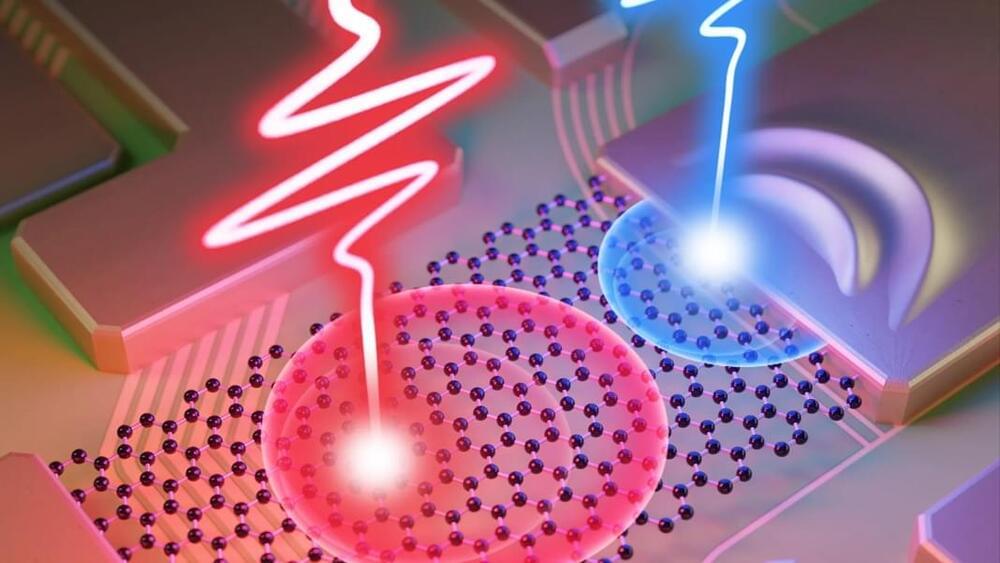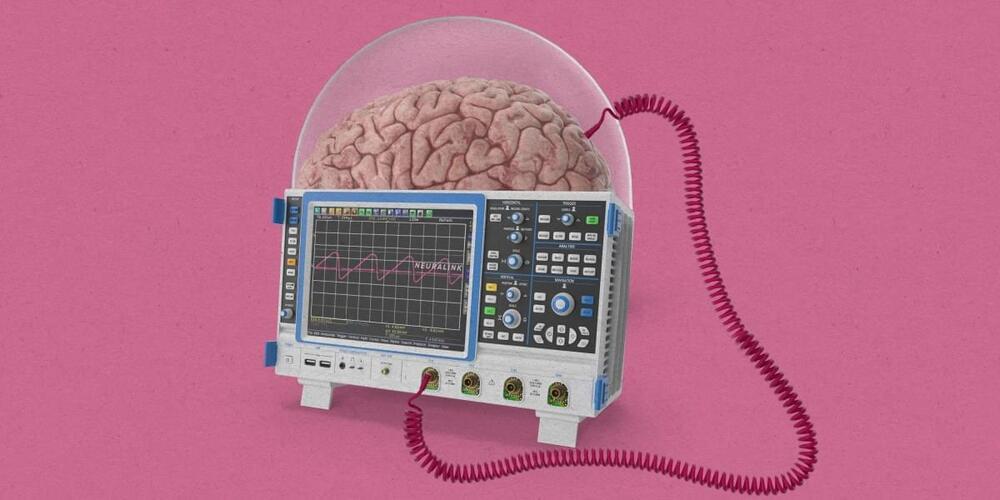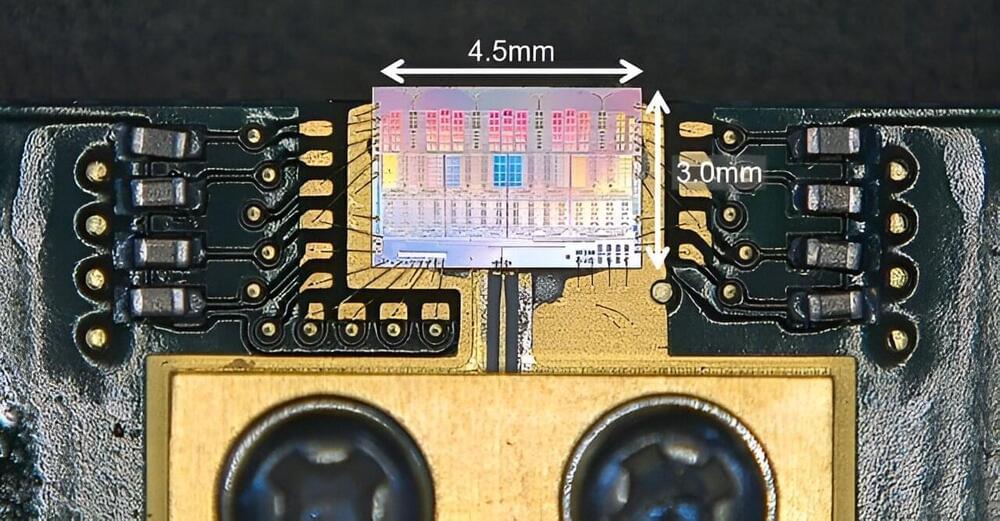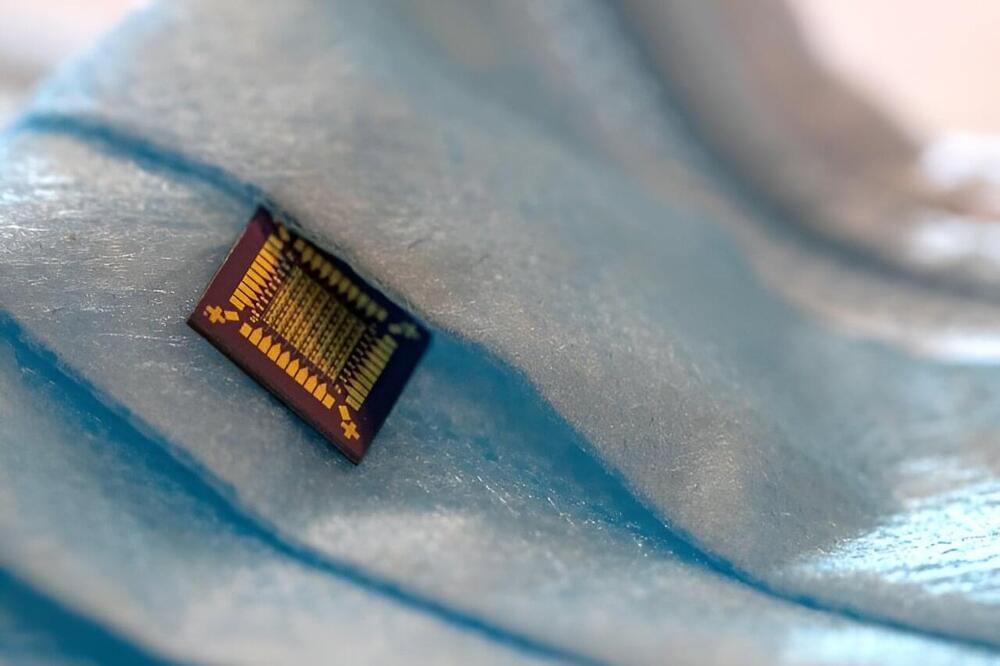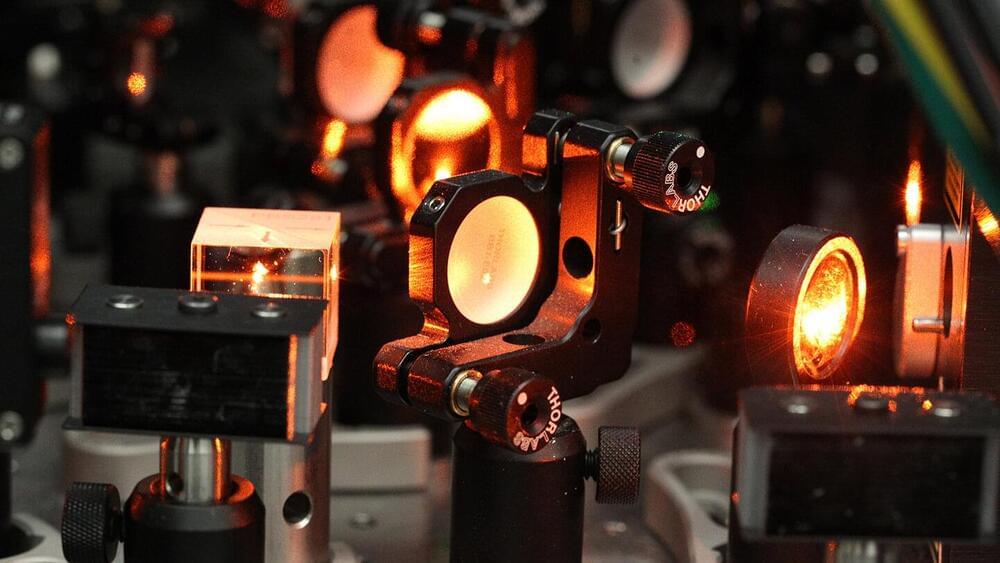Year 2022 face_with_colon_three
When the team fired their ultra-fast laser at a graphene wire strung between two gold electrodes, it produced two different kinds of currents. Some of the electrons excited by the light continued moving in a particular direction once the light was switched off, while others were transient and were only in motion while the light was on. The researchers found that they could control the type of current created by altering the shape of their laser pulses, which was then used as the basis of their logic gate.
Logic gates work by taking two inputs—either 1 or 0—processing them, and providing a single output. The exact processing rules depend on the kind of logic gate implementing them, but for example, an AND gate only outputs a 1 if both its inputs are 1, otherwise it outputs a 0.
In the researchers’ new scheme, two synchronized lasers are used to create bursts of either the transient or permanent currents, which act as the inputs to the logic gate. These currents can either add up or cancel each other to provide the equivalent of a 1 or 0 as an output.
